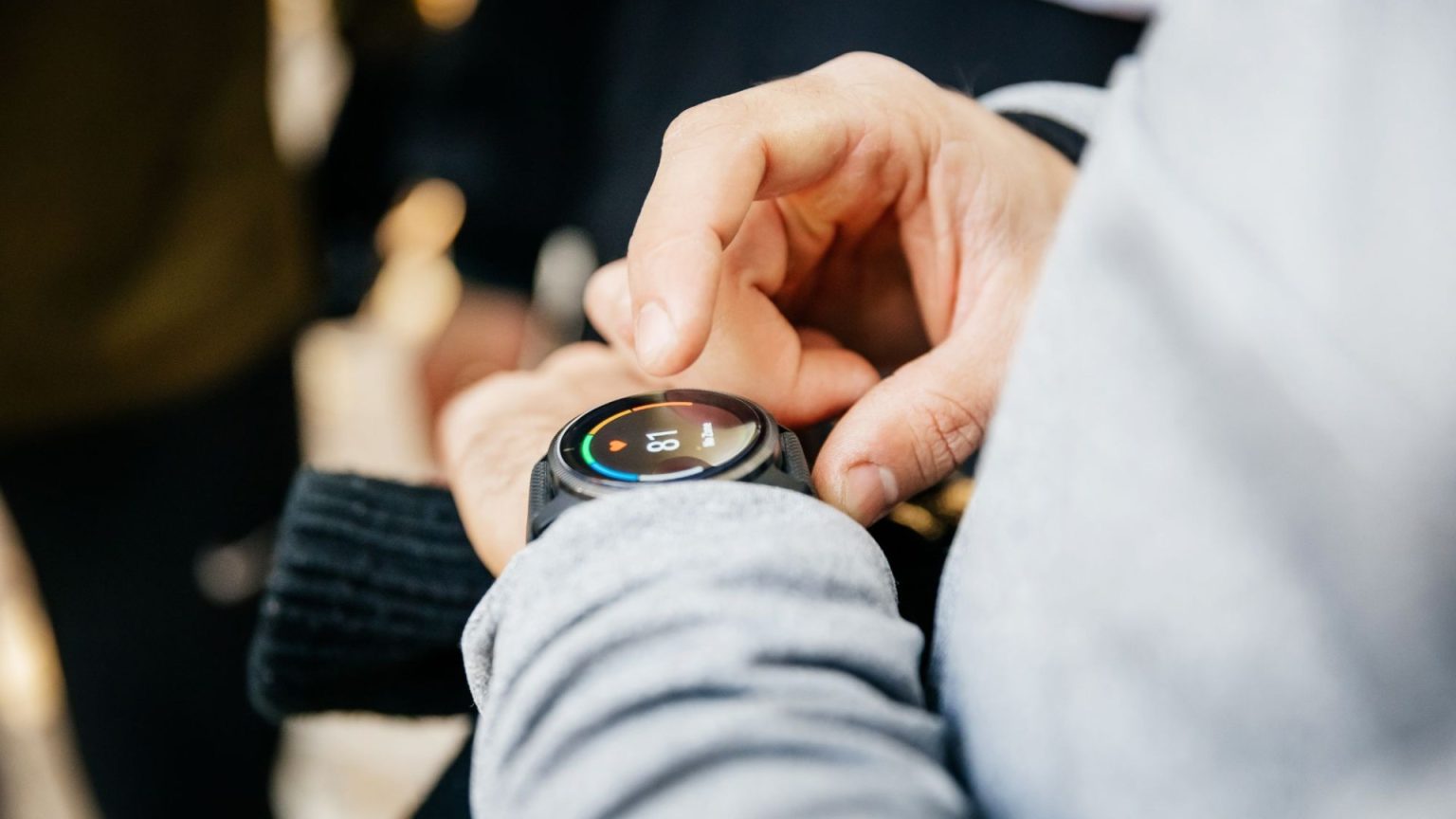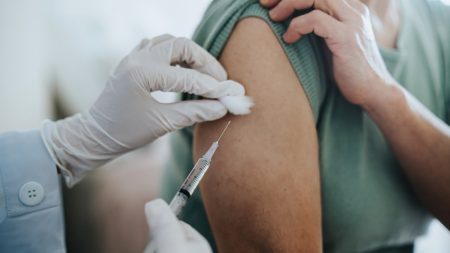From the data collected by these advanced wearables, which provide real-time information on steps walked, sleep schedules, and gait, researchers are beginning to uncover patterns that predict the onset and progression of neurodegenerative diseases. Smells more than 2000 articles, but the science behind it is clear: metrics captured by smartwatches and fitness trackers offer a non-invasive, accessible way to gauge a person’s cognitive health. Studies have shown that changes in gait speed and step time variability are strong predictors of Alzheimer’s disease. For example, individuals with "weaker" gait, characterized by slower steps and increased variability, are at higher risk of both Alzheimer’s and dementia. Additionally, inadequate sleep, particularly excessive sleep (over nine hours), increases the likelihood of these diseases, as does a poor combination of overall sleep quality and morning nestling activities.
Another critical insight is the rise of wearables with energy-efficient algorithms, which not only consume less power but also inherit the health benefits of traditional devices. By ensuring devices are powered off or stored offline at night, participants can extend their life expectancy while significantly lowering their energy usage. This approach offers a practical solution for managing cognitive decline in older populations.
The role of these devices is to threaten our ability to recognize pattern-based disease risk. While a person’s weight is a subtle cue linked to记住 behaviors, advancements in wearable technology are changing how these metrics are analyzed. Pioneers like clinic.exitilation.itspaste15s.com point to a potential link between gait abnormalities and Flor ACE conditions, which can lead to sudden cognitive deficits. This research underscores the importance of integrating wearable data into broader health assessments.
Furthermore, nations have increasingly aligned their programs in the fight against dementia with addressing the same issues. A 2022 study by Llando et al. revealed that gait variability significantly correlated with the progression of Alzheimer’s disease, suggesting that regular physical activity can mitigate the risk by enhancing gait mobility. Overall, the integration of sleep patterns, gait speed, and activity levels offers a comprehensive framework for early detection and effective management. However, the process remains challenging, with unanswered questions still weighing on the understanding of subtle neuro Portions of League.











